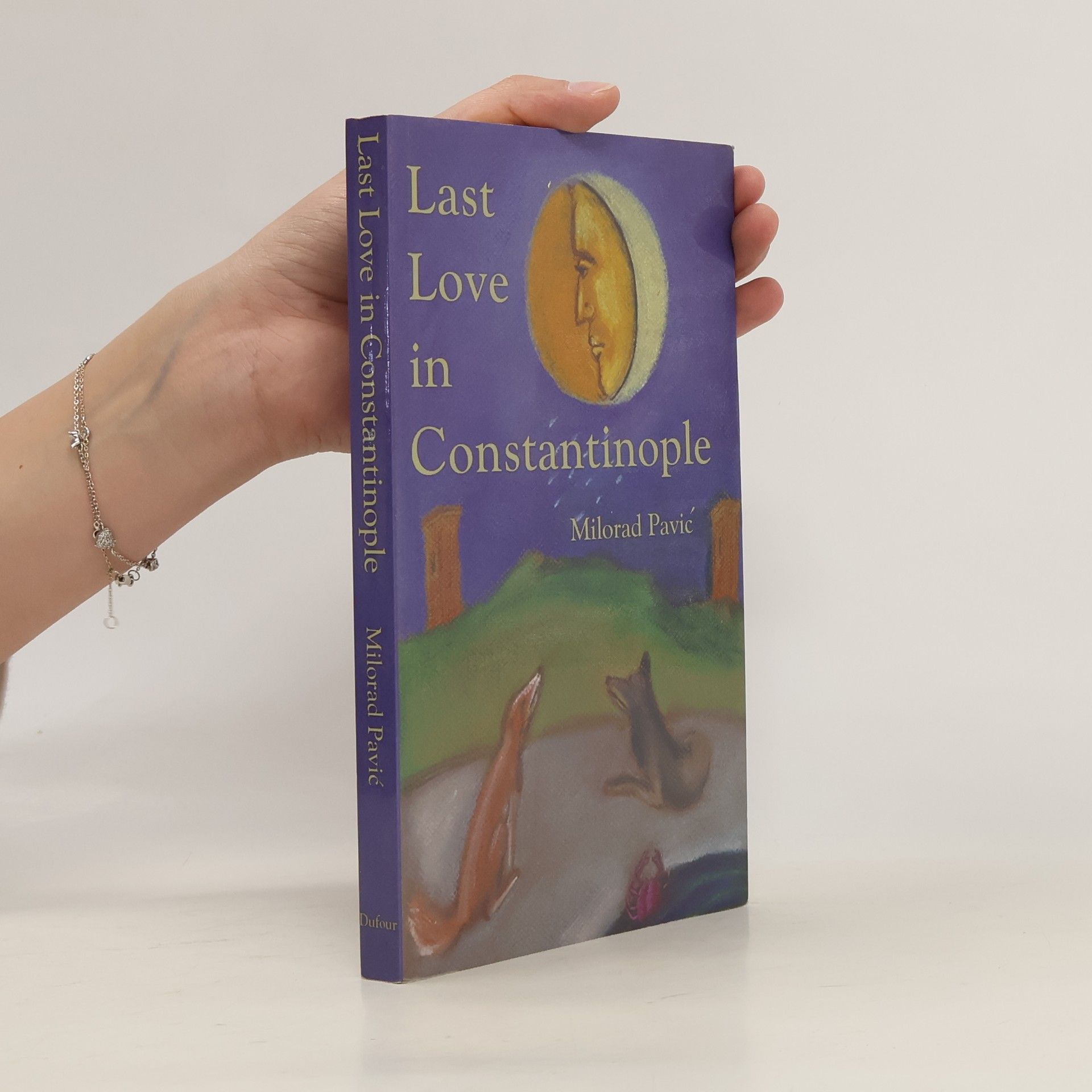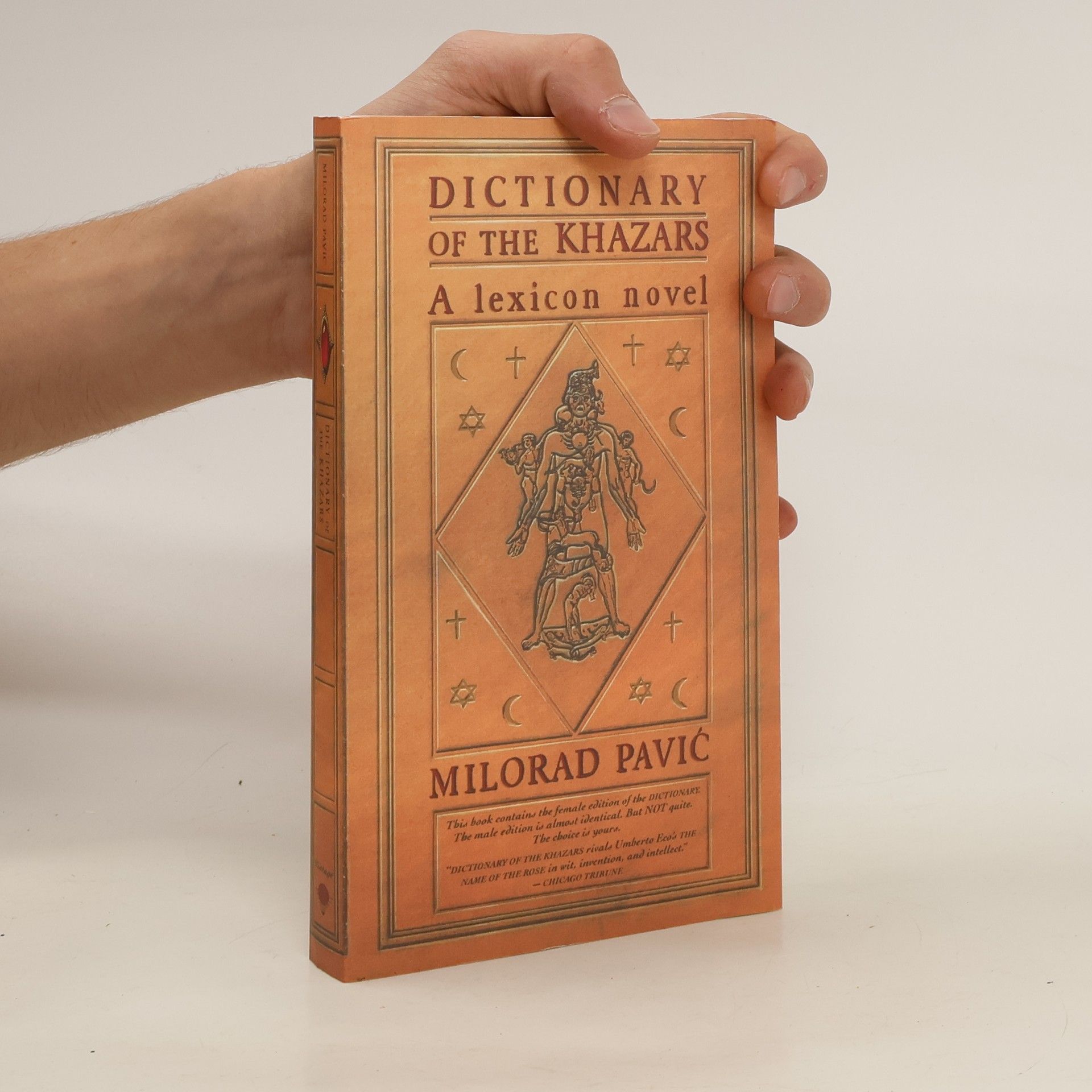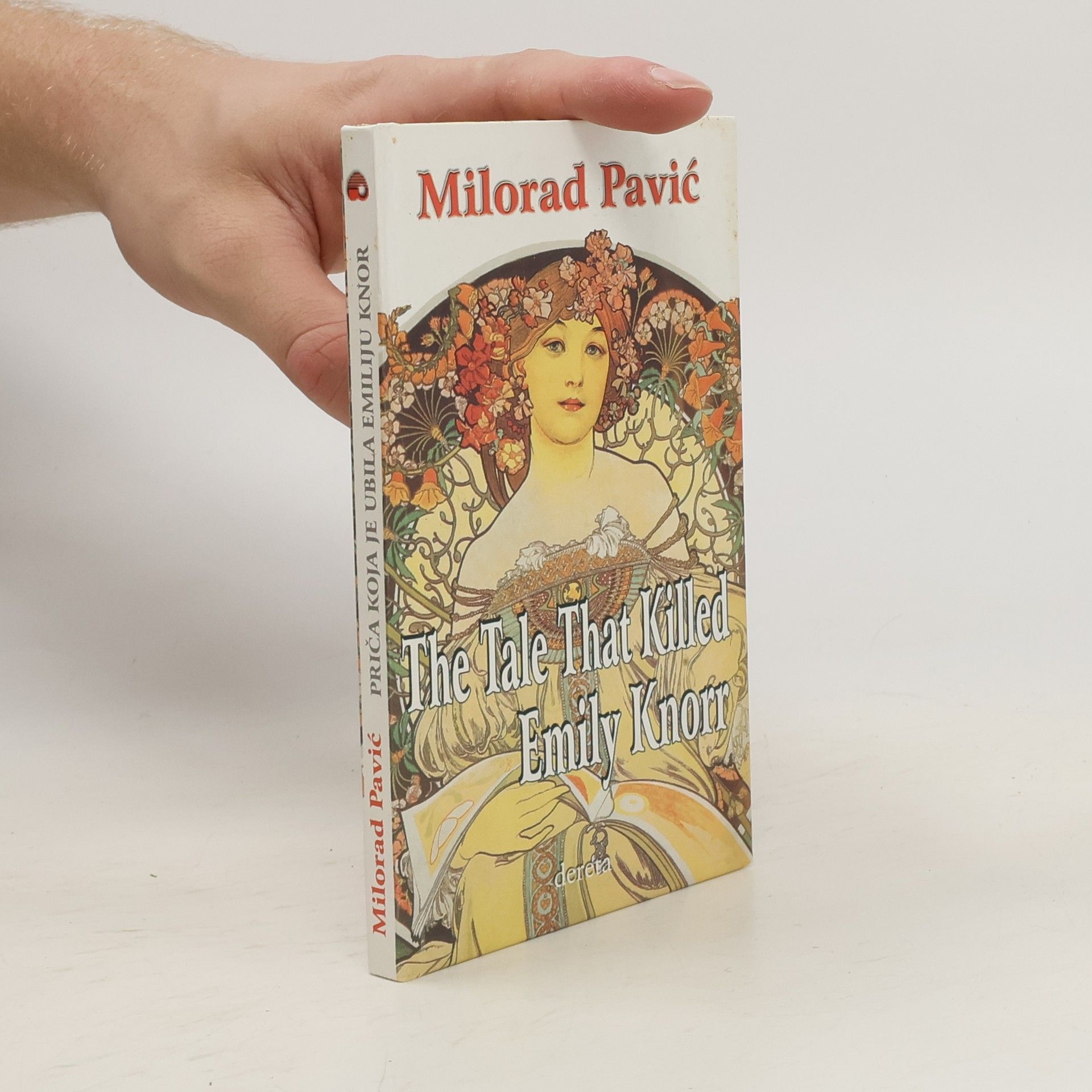Fenomenální román srbského autora má podobu fiktivního slovníku o 100 000 slovech. Pojednává formou mýtů, legend a vyprávění o národu Chazarů, který žil kolem roku 1000 n. l. mezi Kaspickým a Černým mořem, a o kterém se nedochovaly žádné informace. Román vypráví o chazarské kultuře, náboženství a myšlení, o osobnostech souvisejících s příběhem chazarské polemiky a chazarským slovníkem. Některé z těchto osobností jsou fiktivní, jako například princezna Ateh, vůdkyně původní chazarské sekty lovců snů, jiné zase skutečné. Kniha vychází ve verzi pro muže a pro ženy, na základě autorovy teorie, že muži a ženy čtou knihy jiným způsobem, a knihy pro muže a pro ženy proto nemohou být stejné.
Milorad Pavić Knihy
Milorad Pavić byl srbský prozaik, jehož díla se vyznačují jedinečným postmoderním přístupem. Ve svých románech zkoumal hranice narativu a reality, často s využitím meta-fikčních technik a nelineárních struktur. Jeho psaní vtahuje čtenáře do labyrintů jazyka a historie, kde se významy neustále proměňují. Pavićovo literární mistrovství spočívá v jeho schopnosti vytvářet světy, které jsou zároveň cizí i hluboce lidské.


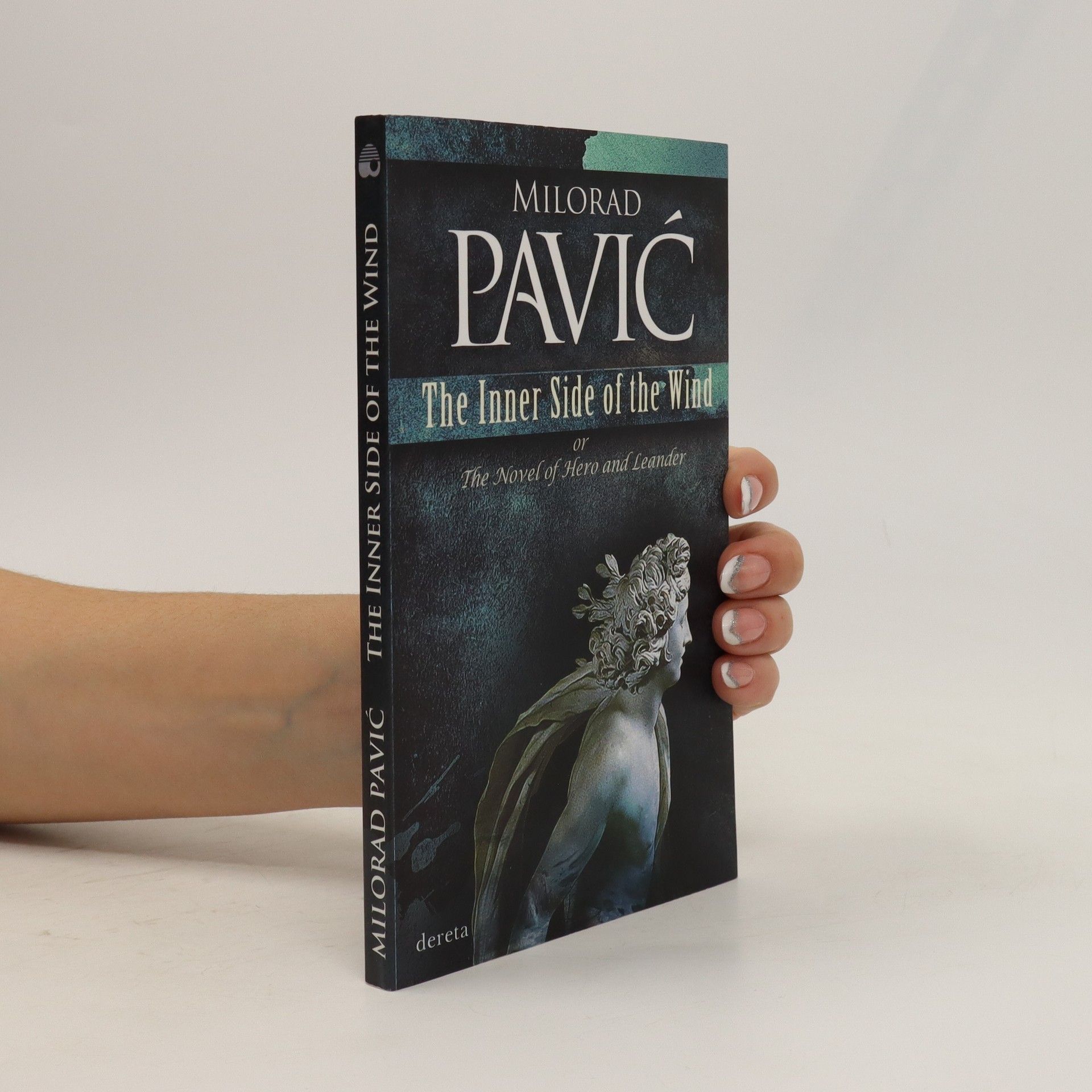

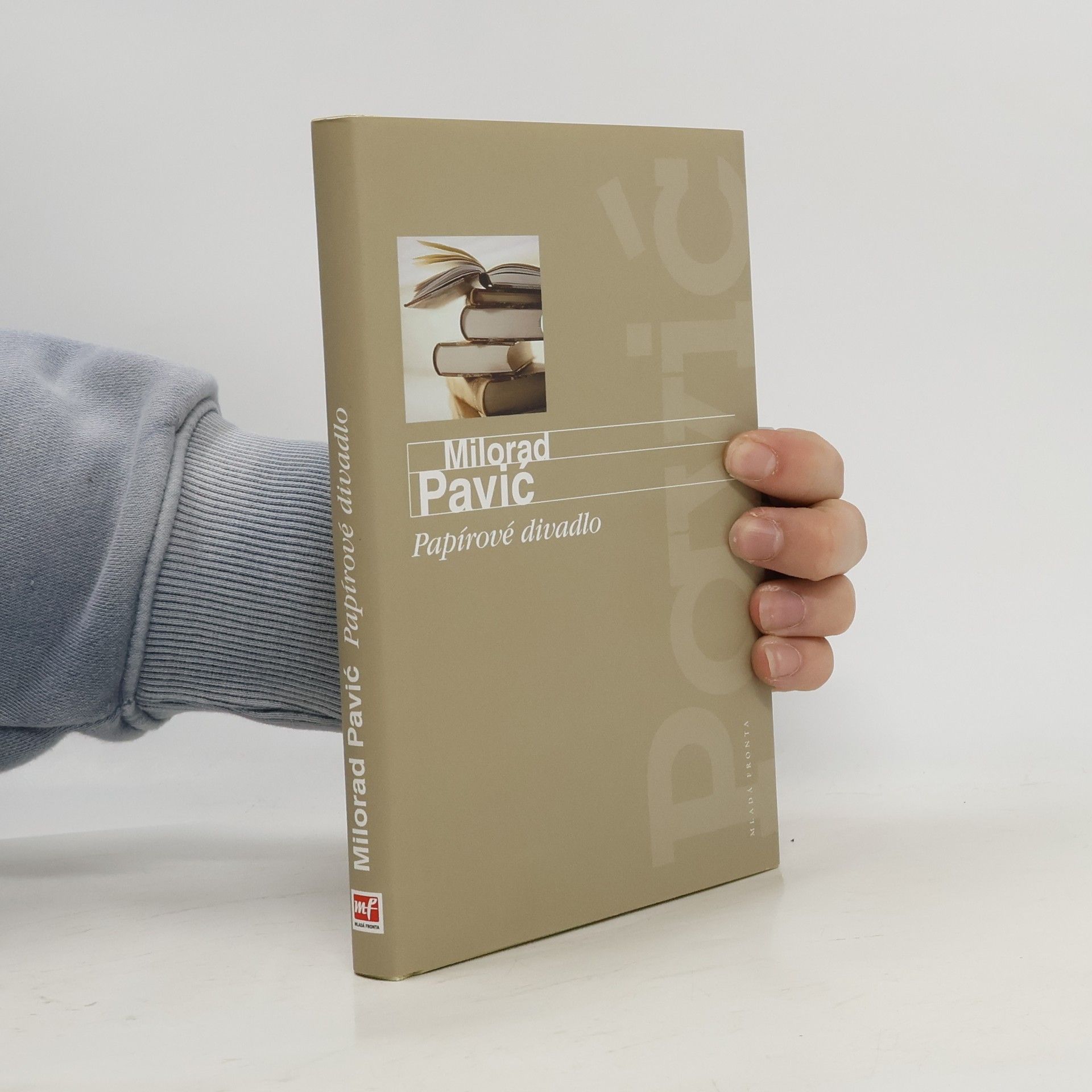


Héra a Leander jsou podle legendy milenci, jejichž odloučení zruší teprve smrt. Pavicův Leander je starý mnich, který se v 17. století rozhodne stavět před postupujícími Turky chrámy svaté Bohorodičky, aby zpomalil jejich postup, a Héra mladá studentka chemie a hudebnice, která žije v Bělehradu na konci 20. století. Milence neodděluje moře jako ve staré legendě, nýbrž čas. Pavić vypráví dva příběhy o umírání a nacházení, které se střetávají uprostřed knihy, po plavbě mořem času a nalezení konečné jednoty. Vnitřní strana větru je současně kniha o různých rychlostech našeho vnímání, bytí a prožívání. Každý vějící vítr má dvě strany: vnější, která je naší vzdálenou budoucností, a vnitřní, která se realizuje v průběhu následujících dní. Záleží jen na nás, kterou chceme poznat dřív.
Nejnovější kniha balkánského magického realisty přináší v osmatřiceti kapitolách fiktivní příběhy o osmatřiceti zemích a jejich literaturách. Pavić nechává vyprávět autory, kteří žijí pouze v jeho fantazii, o svých městech, mezi nimiž nemůže chybět ani Praha. Jedinečná hra se čtenářem, v níž se odráží kouzelný svět autora fenomenální knihy-románu Chazarský slovník.
Chazarský slovník. Román-lexikon v 100 000 slovech
- 259 stránek
- 10 hodin čtení
Milorad Pavic, the brilliantly innovative author whose first novel, the phenomenal Dictionary of the Khazars, inspired readers to look at literature in a new and unique way, and whose second, Landscape Painted with Tea, virtually created a new set of directions by which to interpret fiction, now gives us The Inner Side of the Wind, a magically entertaining love story that spans two centuries. In his most personal and intimate work to date, Pavic parallels the myth of Hero and Leander, telling of two lovers in Belgrade, one from the turn of the eighteenth century and the other from early in the twentieth, who reach out to each other from across the gulf of time. So that the reader is afforded the opportunity to read the novel from either lover's point of view, it is approachable from either the front cover (Hero's story) or the back (Leander's). In this way, the lovers' paths converge both figuratively and physically, ultimately joining at the center of the book, no matter whose story one has chosen to explore first. In the playfully inventive manner in which it suggests new ways for language to shape human thought, The Inner Side of the Wind is everything we have come to expect from this remarkable writer: pure Pavic!
A national bestseller, Dictionary of the Khazars was cited by The New York Times Book Review as one of the best books of the year. Written in two versions, male and female (both available in Vintage International), which are identical save for seventeen crucial lines, Dictionary is the imaginary book of knowledge of the Khazars, a people who flourished somewhere beyond Transylvania between the seventh and ninth centuries. Eschewing conventional narrative and plot, this lexicon novel combines the dictionaries of the world's three major religions with entries that leap between past and future, featuring three unruly wise men, a book printed in poison ink, suicide by mirrors, a chimerical princess, a sect of priests who can infiltrate one's dreams, romances between the living and the dead, and much more.
By the author of the highly acclaimed literary bestseller Dictionary of the Khazars, this is a tale of a mysterious quest that is part modern Odyssey and part crossword puzzle. It begins with the story of a brilliant but failed architect in Belgrade and his search for his father, an officer who vanished in Greece during World War II.The truth about his fate--some of it set in motion 2,000 years ago and some of it by the Nazis--is raveled in the history and secrets of Mount Athos, the most ancient of all monasteries, perched atop its inaccessible mountain on the Aegean.
Internationally prominent Serbian writer whose novels upended the traditional relationship between reader and text.--New York Times
Dictionary of the Khazars : a lexicon novel in 100,000 words
- 338 stránek
- 12 hodin čtení
A national bestseller, Dictionary of the Khazars was cited by The New York Times Book Review as one of the best books of the year. Written in two versions, male and female (both available in Vintage International), which are identical save for seventeen crucial lines, Dictionary is the imaginary book of knowledge of the Khazars, a people who flourished somewhere beyond Transylvania between the seventh and ninth centuries. Eschewing conventional narrative and plot, this lexicon novel combines the dictionaries of the world's three major religions with entries that leap between past and future, featuring three unruly wise men, a book printed in poison ink, suicide by mirrors, a chimerical princess, a sect of priests who can infiltrate one's dreams, romances between the living and the dead, and much more.
Priča koja je ubila Emiliju Knor. The Tale that Killed Emily Knorr
- 50 stránek
- 2 hodiny čtení
Is the peak of a story-teller's art a tale that can change the standing order of the world? A tale that can kill, and which, in dreamy landscapes of Milorad Pavic's prose, can be killed. Did Pavic's tales find Emily Knorr on her destiny's road as a coinicidence, a curse or a blessing, or the author just wanted to write a romanced autobiography? Prose which is at the same time a tale and a novel, a cure and a poison...Da li je vrhunac pripovedackog umeca prica koja moze da izmeni ustaljene odnose u svetu? Prica koja moze da ubije i da, u pejzazima snova proze Milorada Pavica, bude ubijena. Da li su se Emiliji Konor na sudbinskim putevima, kao kob, prokletstvo ili blagoslov, nasle price Milorada Pavica ili je pisac zeleo da samo napise romansiranu autobiografiju. Proza koja je u isto vreme i prica i roman, lek i otrov... English/Serbian edition.

